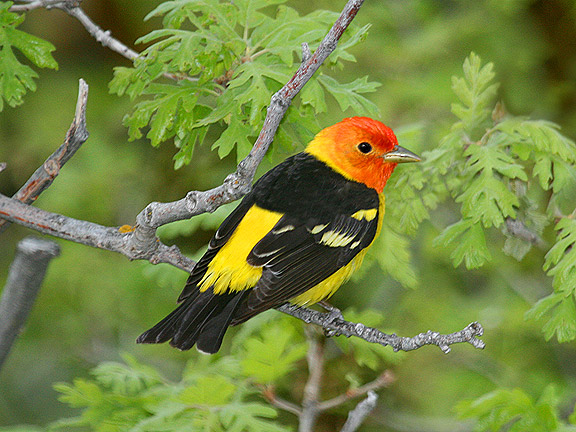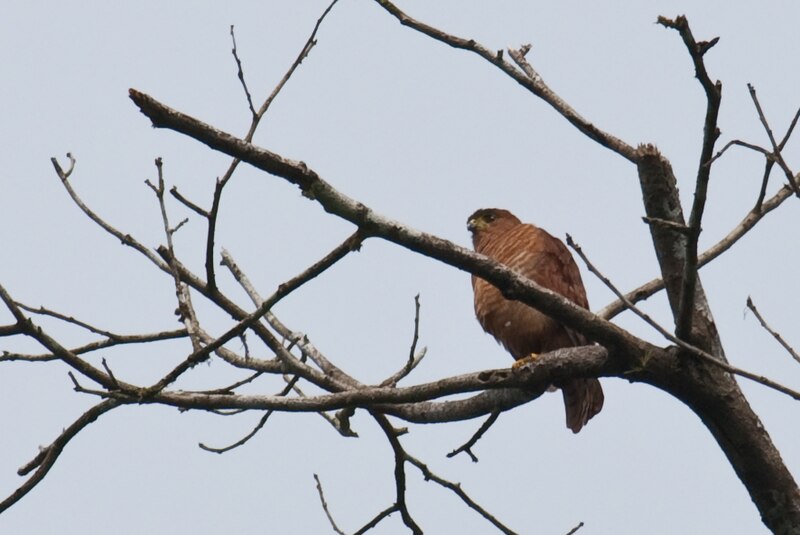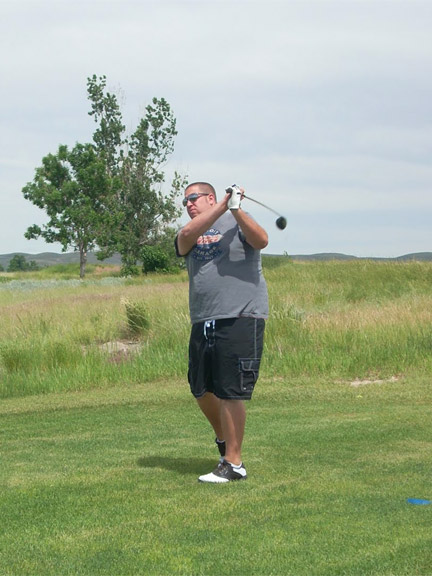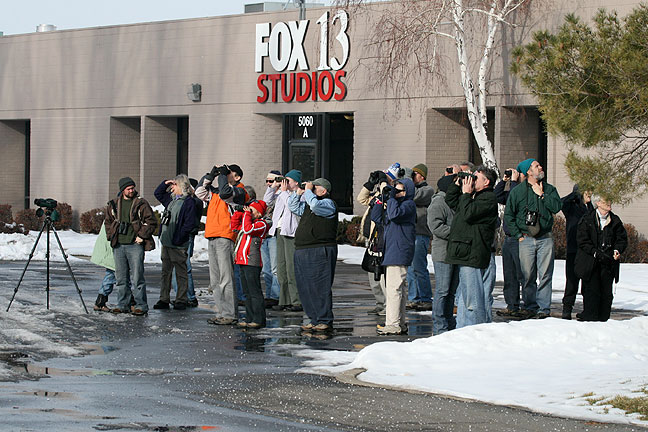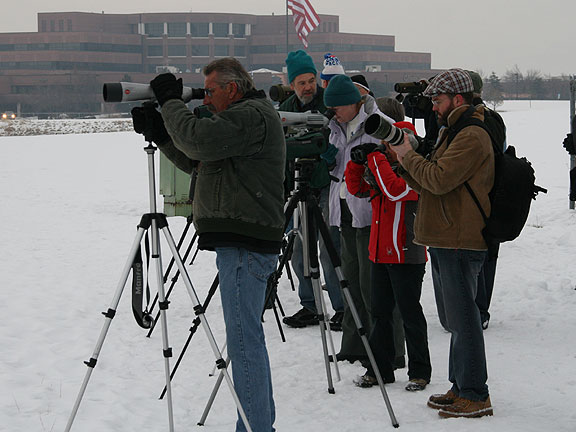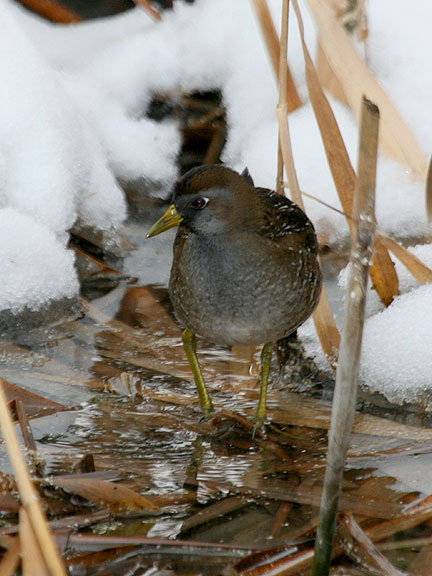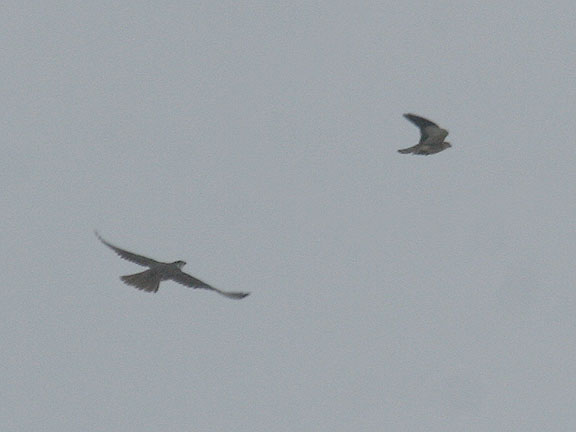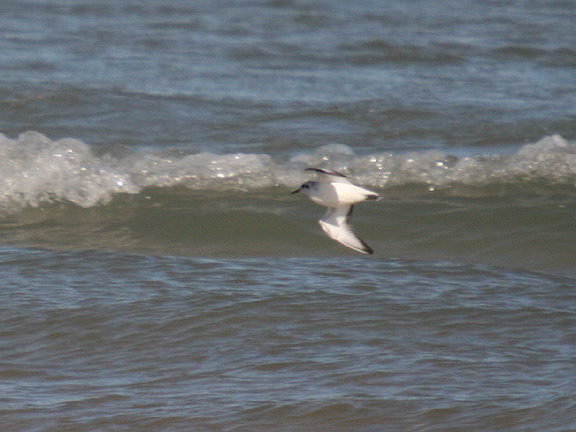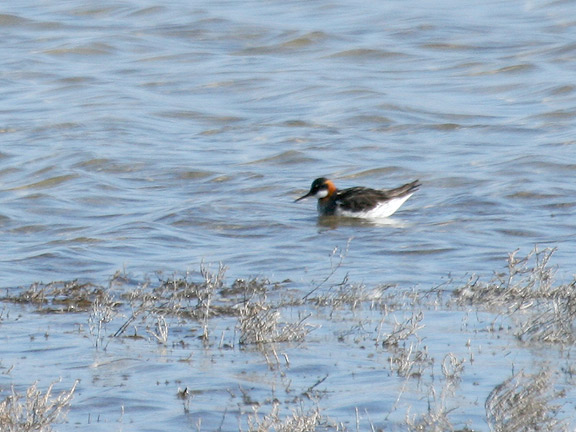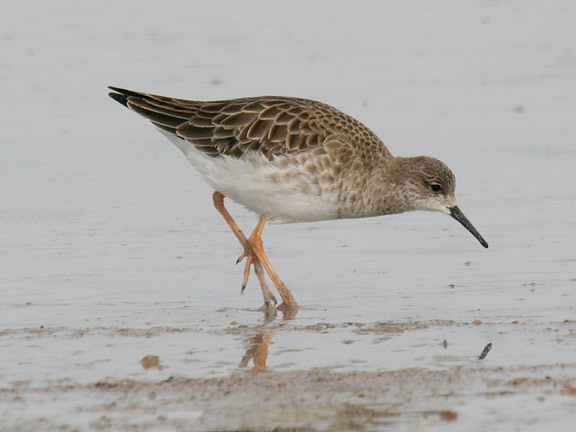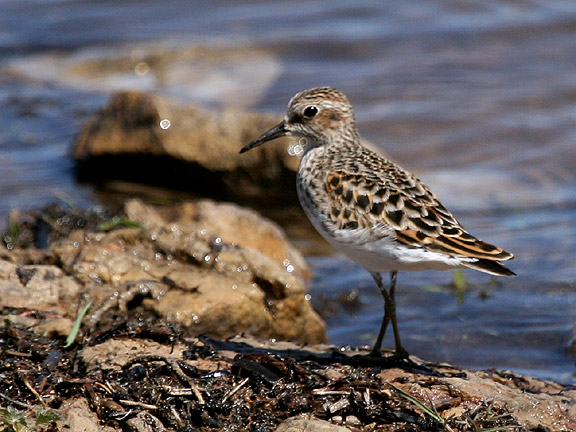So last week you might have read my piece on feeling that records committees were irrelevant to birding and that I was going to make the case for
eBird being the solution. Let's jump right in with part 2 then!

I am going to start by saying that there is no perfect way to accept or not accept records for rare birds. More so who is to say that it even matters one way or another. Moving on I would propose that
eBird is the solution for state records committee issues. I for one have given up on submitting sight records to these committees as in my opinion they are not relevant to my sighting—and not an important aspect of the sighting. With
eBird the information becomes part of a database and a pool of other sightings. Using any number of ways to create reports this information can become quite useful for scientific purposes, but also as a record keeping medium.
But how can it replace a committee?
eBird relies on the volunteers just like committees to accept or reject sightings that are entered into the database. Inherently the same issue can arise here as arises with a committee. The main difference is that one person is now in charge of making the decision, instead of a group of individuals. More so this person is usually asked by Cornell to be the decision maker, and in reality they may not be the most skilled or knowledgeable of birder—but the person who has the time and is willing to take on the responsibility. It is not a perfect system. Further, this person is not a records committee and their primary role isn't to think like a committee, but instead to maintain the integrity of the data being submitted. A good reviewer takes the time to go through the records that are submitted and follow up on questionable sightings, requesting more information to try and make an informed decision on whether or not to accept or reject.

Little Gull I found in 2009.
Others submitted a record to the committee which was accepted.
This one person is the sole gate keeper between the data becoming part of the accepted database, or data as a whole that has been submitted. That which has been accepted can then be viewed by the public and become part of the official record in
eBird. Again, same flaws as the records committee system, however the politics is removed. I feel far more comfortable having one individual make a decision as to whether or not the data I submit is important to the data pool and that I have done enough of a job in documenting it to be accepted—than I do having a committee try to decide based on what they believe of the record to add it to a state list. It's a personal thing.

Bay-breasted Warbler in found in 2009.
Accepted into
eBird, no records committee record submitted.
I am not saying one way is better than the other. What I am saying is that the function of
eBird comes across as a far more valuable database than the few records the committee compiles every year. What importance do 86 accepted and 11 rejected records have in the big picture? Those are a small fraction of the reported sightings and alone they are hardly important—they are interesting, and can hold some information, but in general they are just single pieces of information. Now take that information and throw it into
eBird—add in all other sightings form city, state, region, and the entire country and you can start seeing patterns, and trends, and relationships to other pieces of information. The data becomes relevant. The single record is still insignificant, but as a part of the bigger picture it become a part of what Carl Ingwell called, "the greatest citizen science project that has ever been created." And I agree.

Yellow-billed Loon I found in 2009.
Others submitted a record to the committee which was accepted.
For a long time I used past records of rare birds in Utah to help me determine when to look for the rarities I was going to be on the lookout for when I was birding. I have long ditched that resource for
eBird which simply provides way more information, and shows it to me in a manner in which I can use it on a broader spectrum.
There will always be the issue of people not using
eBird. "Those damn computers are taking over everything!!!" The generational gap as I have spoken of previously has something to do with this. There are others who feel the same way about
eBird that I feel about committees. I have heard plenty of similar stories about people having issues with the
eBird reviewers. But when it comes to
eBird the reviewer isn't a committee, and the information isn't being used for whatever the purpose of a records committee is. The information in
eBird is for the data.

Field Sparrow in found in 2009.
Accepted into
eBird, no records committee record submitted.
And that's the end of my opine. I will always plea for people to use
eBird—not only for the usefulness of the data in the pool, but also as a great way to track your own sightings. And whether or not you care about rare bird records, it's hard to argue that
eBird is far more useful than a pile of dusty records (or pages on a website), and will have a far more lasting reach than the aforementioned.
Labels: commentary, eBird, rare birds












